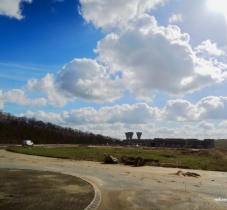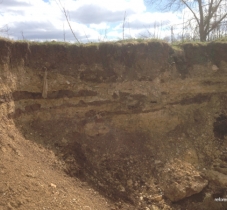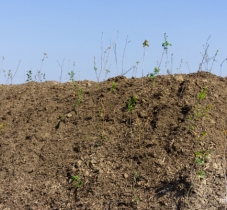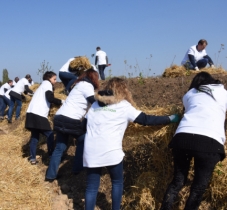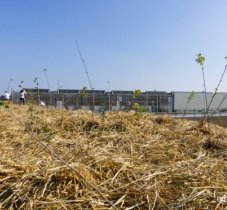Project description
Reforest'Action and Cargo Property are creating two biodiversity spots in the heart of a logistics site in Aulnay-sous-bois.
The project at a glance
- Number of trees to be planted: 1,500
- Plantation area: 500 m2
- Species planted: oak, beech, linden, maple, cherry, hazelnut and more than fifteen other local species...
- Project type: Miyawaki plantation
Context
Cargo Property, together with Reforest'Action, has created a native forest on its site in Aulnay-sous-bois. This forest was established using the Miyawaki method, a special technique that has many advantages.
This ecological engineering technique was developed, tested and refined by the Japanese doctor and botanist Akira Miyawaki. This technique makes it possible to restore or create forests from trees of different species on humus-free and highly degraded soils. Using the theories of ecology and the results of his experiments, he has succeeded in rehabilitating, rapidly and sometimes over large areas, a protective afforestation on more than 1,300 sites in Japan and in various tropical countries, particularly in the Pacific zone, in the form of many types of forest strips, woodlands or forests, particularly in cities, industrial zones and ports.
The Miyawaki method allows for ten times faster growth. It is thus possible to recreate a 100-year-old forest ecosystem in just 10 years. The aim is to restore a dense, layered forest to its former state without human presence. The native species best adapted to the specific local conditions (soil, climate) are selected to obtain the best result. This method produces a rich (15 to 30 different species), dense (3 to 5 trees per m2 ) and self-sustaining forest in its third year of life.
The two-island forest has a total area of 500 m2 and its main advantage is the reception of biodiversity. In addition, it stores carbon, structures the soil and filters the air. Finally, thanks to its structure and its location on earthen merlons, it will quickly create an acoustic and visual barrier.
The planting of this forest is an event in its own right, which allows for emulation of the future ecosystem. The planting operation is followed by mulching of the plants to maintain humidity in summer and warmth in winter.


